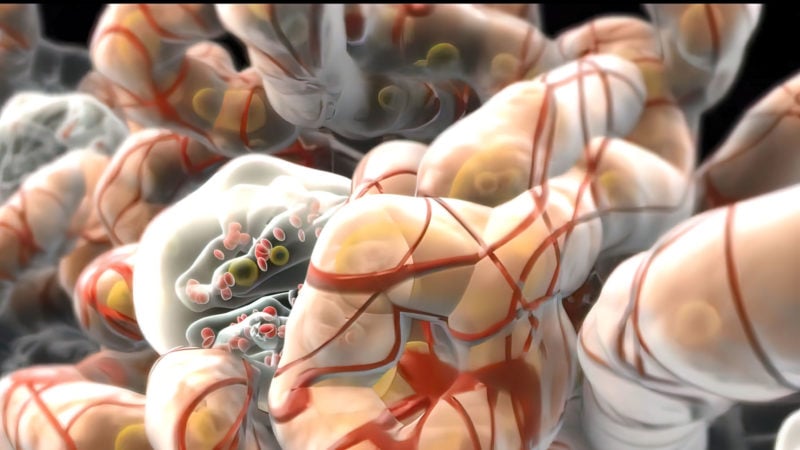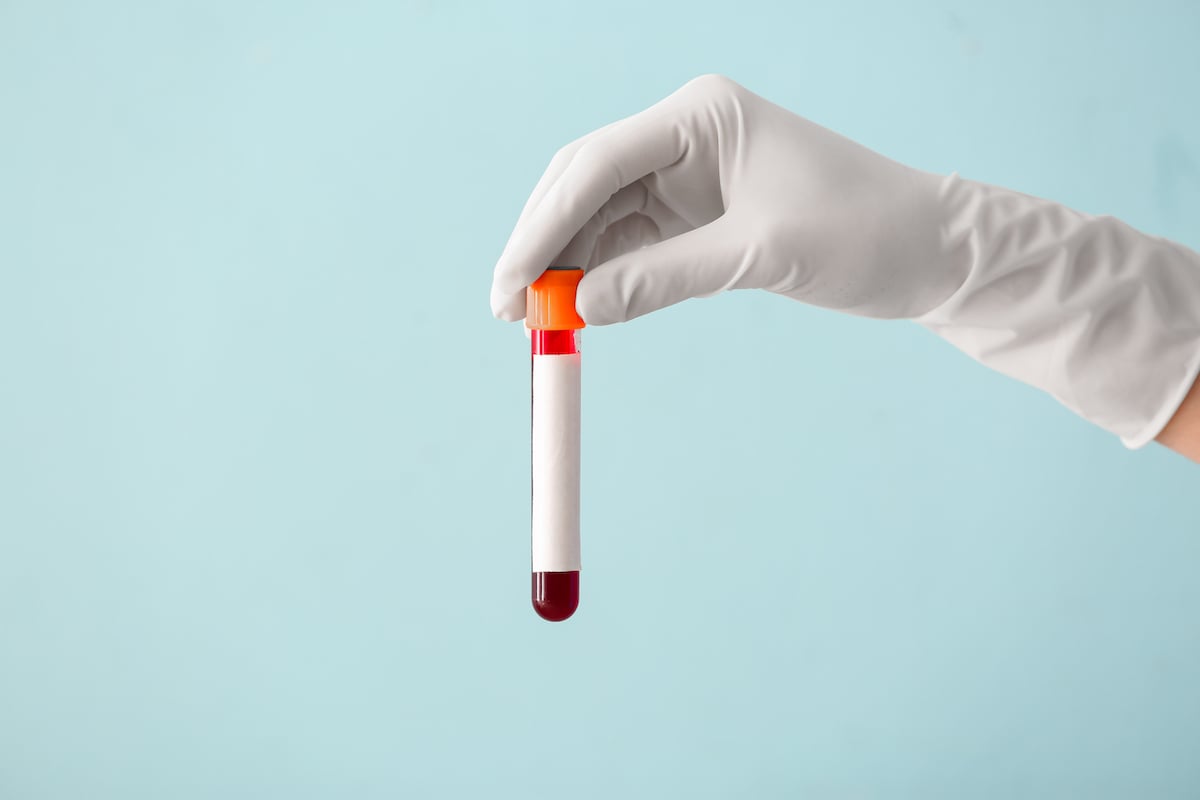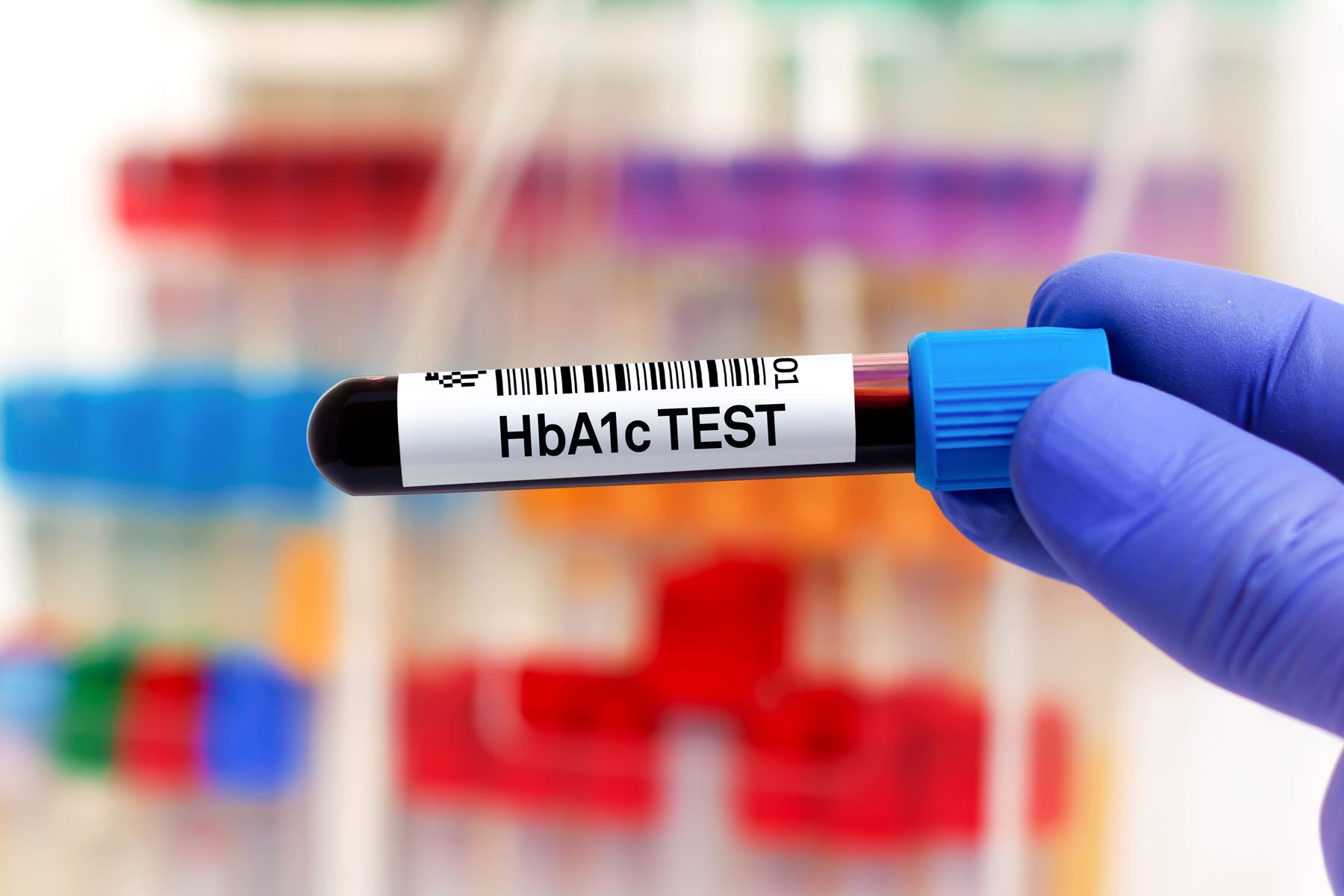What is Uric Acid?
Historically, uric acid has been seen as a simple waste product. It was considered harmless unless it leads to gout or kidney stones, a form of arthritis that occurs when so much uric acid builds up it can’t remain dissolved in the bloodstream. Instead, it precipitates into solid crystals, typically forming in the joints. These sharp, needle-like uric acid crystals irritate the surrounding tissues, causing inflammation and excruciating pain. In the absence of gout symptoms, doctors were unlikely to be concerned with a patient’s uric acid levels.
However, in the last 15 years, medical interest has been reinvigorated. Major studies have linked high uric acid (hyperuricemia) with several serious illnesses, including heart disease, metabolic syndrome, high blood pressure (hypertension), diabetes, non-alcoholic fatty liver disease, and chronic kidney disease. And while the nature of this link is still being studied, uric acid may play a direct, causal role in the development of various illnesses.
Uric acid is a common metabolite (a substance produced by normal metabolism) found in humans and countless other forms of life. When organic tissue breaks down, it releases purines—chemical compounds that occur when DNA or RNA are broken down—and uric acid forms.
Many organs, including the liver, kidneys, and intestines, can create uric acid. It can be generated from both sources in your body (such as your own tissue, which regularly breaks down and is rebuilt) and external sources like food. Fructose also stimulates uric acid formation, as do purine-rich ingredients, such as animal proteins (especially red meat, seafood, and organ meats) and alcohol (especially beer).
What Does Uric Acid Do In the Body?
Uric acid forms when complex chemical processes in the body break down DNA and RNA (specifically the amino acids adenine and guanine) into component parts. It is initially created within cells and then released into the blood, where it circulates. When uric acid passes through the kidneys, they return about 90% of it to your bloodstream. This high retention rate suggests that uric acid, while dangerous at high levels, also plays a role in healthy physiology. Among the reasons our bodies may retain it:
- Antioxidant capacity: Uric acid can act as a powerful antioxidant. This means it neutralizes free radicals, protecting the body from oxidative stress and aging. (However, too much of it can also worsen oxidative stress—more on that below.)
- Tissue healing: When cells are damaged or killed from trauma, rapid uric acid excretion occurs. The uric acid then acts as an “alarmin”—an inflammation-triggering chemical that starts the tissue-repair process.
- Neuroprotection: When uric acid levels are normal, they seem to protect and maintain the nervous system via antioxidant effects and, at least in animal models, metabolic safeguarding against glutamate excitotoxicity (i.e., cell death in the brain or spine caused by a buildup of the neurotransmitter glutamate).
Most importantly, uric acid may help us convert sugar to fat more efficiently. For our human ancestors living through food scarcity, this could have been an evolutionary advantage. During times of plenty, when high-sugar foods (mainly fruits) were available, people with higher levels would have been better able to store those calories as fat. These fat stores would sustain them through lean times and long winters and provide a distinct survival advantage.
This hypothesis explains why humans lost the ability to create uricase—an enzyme that breaks down uric acid—between 9 and 15 million years ago. Most mammals (as well as amphibians and fish) produce uricase, which is why their uric acid levels run 3-10 times lower than ours. Humans (and our primate ancestors) once had this ability as well. In fact, the gene to create uricase is still present in our genome, but it has been shut off. This suggests that higher uric acid levels conferred a survival benefit: the ability to gain weight quickly when you could eat sugary foods.
In today’s environment, some researchers argue, this survival trait has turned against us. Calories—especially from sugary foods—are ubiquitous. And while many different nutritional and behavioral factors can stimulate uric acid production, the abundance of fructose, in particular, has arguably led to widespread insulin resistance, hypertension, obesity, and other metabolic illnesses. To understand this link and the role of uric acid, we need to explore how the body metabolizes dietary fructose.
Fructose is a simple sugar (a monosaccharide) found in fruits and vegetables. It’s also a common sweetener (primarily as high-fructose corn syrup) used in everything from soft drinks and candy to ketchup, bread, and salad dressing. When you eat fructose, it is metabolized almost entirely in your liver (unlike glucose, which is metabolized throughout the body). Fructose metabolism stimulates the production of AMP deaminase—an enzyme that drives fat accumulation and ratchets up purine degradation. And purine degradation creates uric acid.
What’s Wrong with Too Much?
Uric acid produces reactive oxygen species (ROS) by activating NADPH oxidase—an important enzyme that lives in cellular membranes. ROS are volatile ions necessary for life but, in excess, create oxidative stress—a core feature of metabolic illnesses. ROS ions stimulate proteins called transcription factors in muscle and fat cells, interfering with normal insulin signaling. These cells then become insulin resistant. Insulin resistance is a dangerous state that can cascade into more serious health issues, including high blood glucose levels (which are more common among people with hyperuricemia) and, ultimately, Type 2 diabetes.
Uric acid also directly inactivates nitric oxide (NO). NO is an essential molecule that allows blood vessels to relax; when NO levels are low, blood vessels remain tight and contracted (so-called endothelial dysfunction). This restricts blood flow to smaller vessels and capillaries, preventing insulin from reaching target tissues and worsening insulin resistance. It also drives hypertension because the pressure is higher within narrow, constricted blood vessels.
High uric acid levels may also cause systemic inflammation. Liver cells exposed to uric acid secrete cytokines—inflammatory proteins that attract immune cells and mediate their behavior. In moderation, this effect may be helpful for tissue healing and maintenance. But in excess (so-called systemic inflammation), it can cause metabolic illness. Systemic inflammation is a possible risk factor for obesity, Type 2 diabetes, non-alcoholic fatty liver disease, cardiovascular disease, and kidney disease.

How uric acid drives weight gain, disease and more
Dr. David Perlmutter, author of the new book Drop Acid, on why humans don’t need to eat sugar and the dangers of uric acid in our modern diet.
Read the ArticleWhile the cellular mechanisms are less clear, uric acid may also contribute to non-alcoholic fatty liver disease (NAFLD)—a severe metabolic illness that causes fat to accrue in the liver. Recent research in mice has shown that uric acid up-regulates a gene called miR-149-5p, directly causing liver fat to accumulate. Other mice studies have shown that blocking the formation of uric acid can prevent NAFLD from taking hold.
There may be other, yet-unknown ways that uric acid contributes to disease. A major 2009 study of 41,879 men and 48,514 women found that people with high levels of uric acid were significantly more likely to die (of any and all causes) over the eight-year course of the study. The study defined people with uric acid 7 mg/dL or greater as hyperuricemic. For every one milligram per deciliter above that threshold, people were 8-11% more likely to die during the study period.
Why Would You Test Uric Acid?
Traditionally, doctors only recommend a uric acid test under limited circumstances. That includes symptoms of gout (such as joint pain, especially in the big toe), recurrent kidney stones, and certain types of cancer treatment that raise uric acid levels. But in recent years, as uric acid is increasingly implicated in serious metabolic illness, this perspective has begun to shift. Some researchers and specialists are now recommending routine testing. That includes metabolic health specialist and Levels advisor Dr. David Perlmutter, who wrote a book on the topic called Drop Acid. He recommends weekly uric acid testing as ideal, with one of the home testing kits.
Measuring your serum uric acid levels may help you gauge your risk of metabolic illness. If you discover elevated uric acid concentration, you can work with your doctor to bring it down via dietary and lifestyle adjustments. While we lack large clinical trials showing that targeting uric acid improves metabolic health, in a range of experiments, lowering levels improved insulin resistance and systemic inflammation, improved insulin sensitivity and hypertension, improved prognosis in people with heart failure, and slowed the progression of kidney disease,
Routine uric acid testing is not yet conventional in the US or Europe. Japanese medical guidelines are generally more aggressive, recommending uric acid-lowering medication at lower levels for people with asymptomatic hyperuricemia. A recent Japanese study recommended routine screening to prevent cardiometabolic disease. The study, which tracked 13,070 people over 5 years, found that elevated uric acid levels represent a risk for hypertension, kidney disease, and dyslipidemia. This was true even in the “normal” range—lower than the threshold at which gout becomes a risk.
Finally, some researchers propose testing as a routine screening and treatment tool for people with diabetes and heart disease. One study of 566 people with prediabetes found that a high amount of uric acid could be used to predict who would develop full-blown diabetes. Among the participants, every 1 mg/dL increase in uric acid levels corresponded to a 60% increase in diabetes risk. No participants with low uric acid levels (under 5.35 mg/dL) developed diabetes. The authors suggest uric acid testing could be an early screen for diabetes since it’s cheaper and easier to do at home than a traditional glucose tolerance test. And in 2021, a major review endorsed routine hyperuricemia screening for people diagnosed with heart failure and recommended uric acid-lowering therapy to slow the disease’s progression.
How to Get Uric Acid Tested
The most common uric acid test is a simple blood draw that can be performed in your healthcare provider’s office or a lab. Like blood sugar, uric acid should be tested in the morning after an overnight fast.
If you request a test from your doctor, they may need help understanding your interest. Most doctors have been trained to test uric acid only when gout or kidney stones are suspected, and many still need to be educated about its link to metabolic dysfunction. But you can also order one from a commercial laboratory like Quest Diagnostics or Labcorp.
Alternatively, you can buy a blood testing device for home use. These devices use a fingerstick method that only requires a small drop of blood. You simply place the blood drop on a test strip and insert it into the meter for an instant uric acid reading. These devices cost anywhere from $40 to $100, with additional test strips running about $1 each.
Related article:
What is the Optimal Range?
The traditional reference range of uric acid (i.e., the range of normal values for healthy people) is usually given as 1.5 to 6 mg/dL for women and 2.5 to 7 mg/dL for men. Some sources raise these values to 2.7 to 7.3 mg/dL for women and 4 to 8.5 mg/dL for men. And for people diagnosed with gout, the traditional target is 6.0 mg/dL or below.
However, there is growing evidence that these upper limits (developed to prevent gout rather than metabolic illness) are far too high. As far back as 2014, researchers called for the ceiling to be lowered to 6 mg/dL for both men and women, citing uric acid’s link to cardiometabolic illness. In his book, Dr. David Perlmutter recommends keeping uric acid at 5.5 mg/dL or below to achieve optimal results. The Japanese study above goes even further, suggesting that the ideal target is less than 5 mg/dL for men and 2–4 mg/dL for women.
How to Lower Uric Acid Levels
There is ongoing debate about the best way to lower uric acid levels. The first step is reducing the fructose you consume (particularly from added sugars). High-fructose corn syrup, found in many packaged foods, is the obvious culprit, but pay attention to table sugar (sucrose) as well, which is 50% fructose. Also, try to avoid drinking fructose—whether in fruit juice (which is missing the fiber that helps slow glucose absorption) or in energy drinks or soda. Consuming fructose too rapidly can overwhelm the liver and worsen the adverse effects.
Most clinical dietary recommendations for hyperuricemia or gout fall into four categories: calorie restriction and fasting, a low-purine diet, the Mediterranean diet, and nutritional supplements. A 2019 review of these four strategies found that the latter three all generated minor improvements in uric acid levels. (Calorie restriction/fasting actually had a negative impact.)
A low-purine diet typically prioritizes whole fruits, vegetables, and whole grains, while avoiding red meat, seafood (fish and shellfish), alcohol, and sugary or sweetened foods. Organ meats (such as liver and kidney) and beer are especially eschewed. A 2022 study, however, found that people struggle to follow the low-purine diet in the long term and may replace high-purine foods with other metabolically unhealthy foods. The authors concluded that the low-purine diet “is neither helpful nor sustainable for patients with gout” and suggested more flexible healthy eating patterns (such as the Mediterranean diet) instead. The Mediterranean diet is an approach to food that centers on fruits, vegetables, whole grains, nuts, seeds, and healthy fats. Processed foods, red meat, dairy, refined grains, and sweets take a backseat.
Supplements that may lower uric acid levels include quercetin, vitamin C, and luteolin. Some research also suggests that DHA and cherries or cherry juice may reduce levels, though this evidence is less conclusive.









